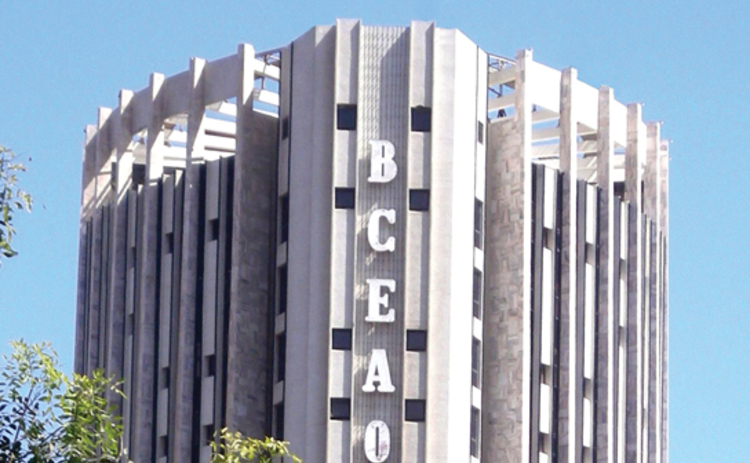Bceao Against the Economy

We are entering a context of expensive and rare money. The Central Bank of West African States (Bceao) has decided, through its monetary policy committee, to raise its key rate to 3.25%. Governor Kassy Brou, who gave this information on Wednesday, September 6, justified the decision by the need for them to limit the risks of inflation. The head of the Central Bank welcomes the downward trend in inflation in the region which, according to him, would be at 3.4%, therefore not far from the regional objective, which is between 1 and 3%.
Read the column: Migrations, Stop the Wave
But “risks”, particularly exogenous, which exist and threaten to weigh on the economy, have pushed the inflation rate to be raised. In other words, the “persistence of inflationary tensions, the increase in financial conditions on international markets”, or the fact that we are net importers of the products we consume, such as oil or certain current consumer goods, have pushed our Central Bank to deprive us of money, to force us to consume less, and therefore to spend less.
This logic of deprivation does not seem to bring development. The Central Bank does not seem to be concerned about the impacts that its decision will have on credit rates for small and medium-sized businesses, as well as for households. Since we are obliged to import petroleum products, and the international political situation induces an increase in barrel prices, as well as an increase in the prices of products such as rice or milk, the learned minds of our Central Bank have found the solution to avoid rising prices: simply make access to credit so expensive that consumers decide to do without it.
Read the column: The Brics Still Too Far from the Brincss
We understand that in these conditions, there are plenty of economists who explain to us that the franc Cfa is not a development currency. Should our bank’s main mission only be the fight against inflation? What good would it do for me to have low-cost products if I don’t have sufficient financial resources to obtain them? When could we begin the shift towards endogenous production if local entrepreneurs do not have access to credit at sustainable rates? Central bankers welcomed the performance achieved in the sub-region, which translates into an average growth rate of more than 5%. They indicate credits to the economy of around 16%.
If we judge by the budget deficits posted by the governments of the sub-region, and by the difficulties of the populations in obtaining basic necessities at lower cost, we can wonder where the Bceao monetary policy led us. We cannot reproduce as a copy the policies carried out by countries or regions whose macroeconomic frameworks are more solid than ours. France, England or the United States of America can afford to implement policies to combat inflation and get by. First, these countries have an agro-economic structure which allows them to provide the minimum for their population. Moreover, even when the interest rate is high, their companies take on debt in their own currency, and at less forbidding rates. These two things are lacking in the UEMOA zone. So, the leaders of the Central Bank should explain to us, when expensive credit stifles the economy in our regions, who benefits?
By Mohamed GUEYE / mgueye@lequotidien.sn

